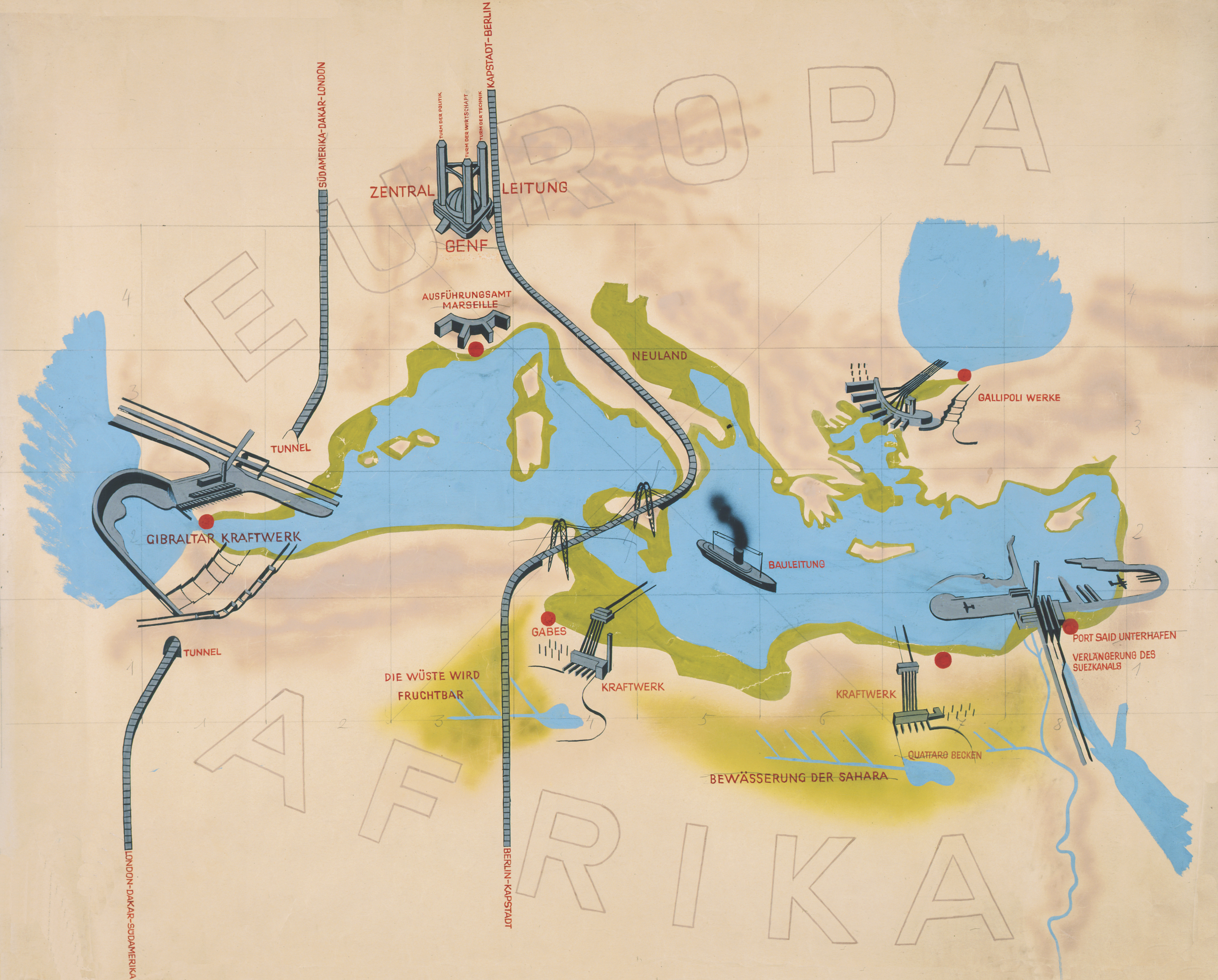See Wolfgang Voigt, Atlantropa: Weltenbauen am Mittelmeer, Ein Architektentraum der Moderne (Munich: Dölling und Galitz, 1998); Alexander Gall, Das Atlantropa-Projekt: die Geschichte einer gescheiterten Vision. Herman Sörgel und die Absenkung des Mittelmeers (Frankfurt am Main: Campus, 1998).
Peo Hansen and Stefan Jonsson, Eurafrica: The Untold History of European Integration and Colonialism (London: Bloomsbury, 2014), 13.
Jean-Michel de Lattre, “Les grands ensembles africains,” Politique étrangère 20, no. 5 (1955): 543.
Alison Mountz, The Death of Asylum: Hidden Geographies of the Enforcement Archipelago (Minneapolis: University of Minnesota Press, 2020).
Achille Mbembe, Brutalisme (Paris: La Découverte, 2020).
Such large-scale infrastructure required technical expertise and development aid, which in effect further entrenched Africa’s unequal relationship to the Global North. See Kenny Cupers and Prita Meier, “Infrastructure Between Statehood and Subjecthood: The Trans-African Highway,” Journal of the Society of Architectural Historians 79, no. 1 (2020): 61–81.
Saidiya Hartman’s work on inheritance can inspire us to explore how multiple inheritances shape infrastructural lifeworlds and connections.
